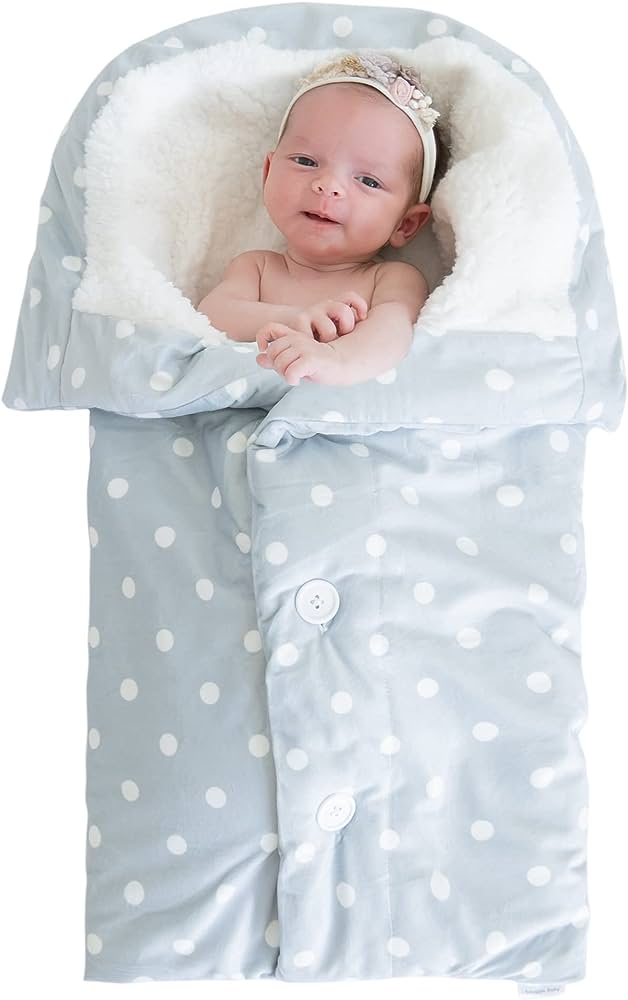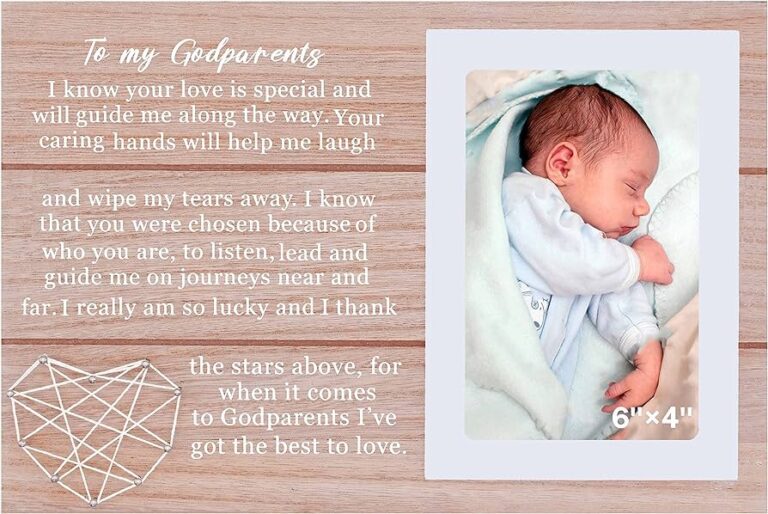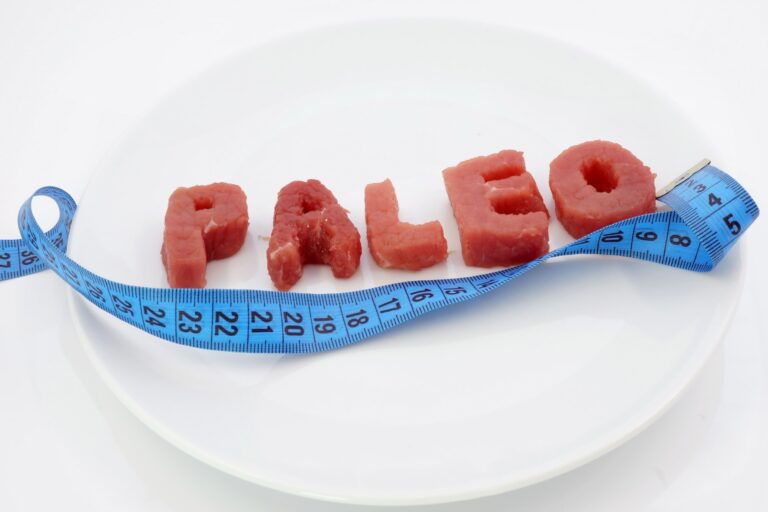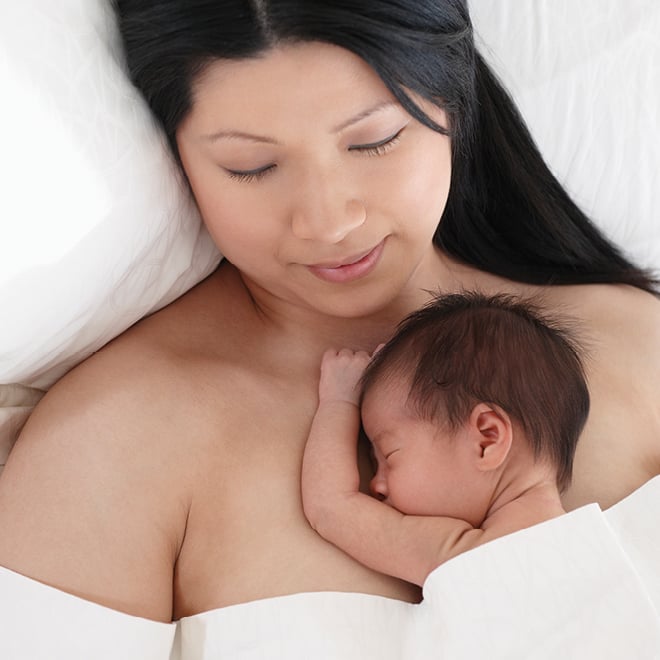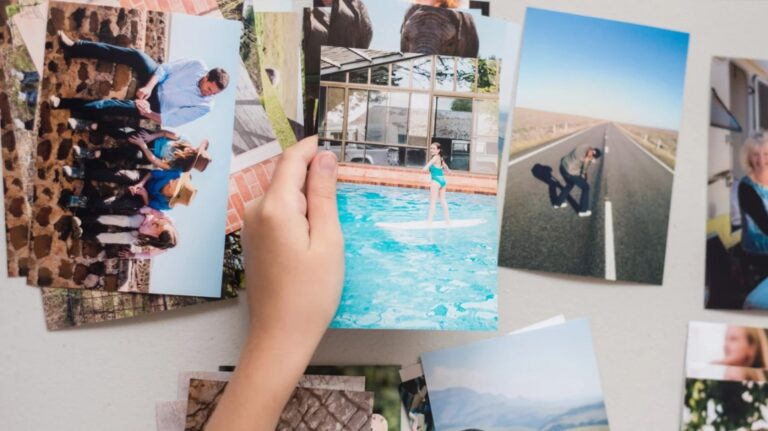How Many Blankets for Newborn: Discover the Perfect Number for a Cozy Sleep
Newborns should have at least two to three blankets for ease of use and rotation between washes. Having multiple blankets ensures that there is always one available for use while the others are being cleaned or as a backup.
It is important to have enough blankets to keep the baby warm and comfortable, but it is also essential to follow the safety guidelines provided by the American Academy of Pediatrics. Avoid using blankets in the crib or bassinet until the baby is at least one year old to reduce the risk of suffocation.
Instead, opt for swaddling blankets or sleep sacks that are specifically designed for newborns.
:max_bytes(150000):strip_icc()/the-best-sleep-sacks-tested-by-our-own-babies-and-toddlers-tout-347844924f7b4aab81828d3681550f12.jpg)
Credit: www.parents.com
The Importance Of Choosing The Right Bedding For Newborns
Choosing the right bedding for newborns is crucial for their safety and comfort. When it comes to blankets, the American Academy of Pediatrics advises against using them until the baby is one year old.
Why Choosing The Right Blankets Is Crucial For Newborns
When it comes to ensuring a safe and comfortable sleep environment for newborns, choosing the right bedding is of utmost importance. This includes selecting the right blankets that not only provide warmth but also adhere to safety guidelines set by pediatric experts. Blankets play a crucial role in promoting healthy sleep and overall well-being for newborns. Let’s explore why choosing the right blankets for your newborn is crucial.
How Bedding Affects The Quality Of Sleep For Newborns
Bedding has a direct impact on the quality of sleep that newborns experience. The right blankets can create a cozy and soothing sleep environment, helping newborns feel safe and comfortable. On the other hand, using unsuitable blankets can lead to discomfort, overheating, or even pose a suffocation risk.
Here are a few ways in which bedding can affect the quality of sleep for newborns:
- Temperature regulation: Newborns have a limited ability to regulate their body temperature. Choosing blankets made from breathable and natural materials allows for proper air circulation and prevents overheating. This helps maintain a comfortable sleeping temperature for your little one.
- Skin sensitivity: Newborns have delicate and sensitive skin that is prone to irritation, rashes, or allergies. Opting for blankets made from hypoallergenic materials ensures that your baby’s skin is protected and reduces the risk of skin irritations.
- Safety: Safety is paramount when it comes to choosing bedding for newborns. Avoid using blankets with loose threads, embellishments, or buttons that could pose a choking hazard. Opt for blankets that are specifically designed for newborns and meet safety standards, such as swaddle blankets or sleep sacks.
By carefully choosing the right blankets for your newborn, you can create a comfortable and safe sleep environment, promoting quality sleep and overall well-being
Types Of Baby Blankets For Newborns
When it comes to choosing the right blankets for your newborn, it’s important to consider their comfort, safety, and practicality. From receiving blankets to swaddle blankets, there are various options available to cater to your baby’s needs. In this section, we will explore the different types of baby blankets for newborns and their unique features.
Receiving Blanket
A receiving blanket is a versatile and essential item for newborns. These blankets are typically made of soft and lightweight materials, perfect for swaddling, burping, or as a clean surface for diaper changes. Here are two popular options:
Elaine Karen Flannel Unisex Hospital Receiving Blankets
These hospital receiving blankets from Elaine Karen are made from high-quality flannel material, providing warmth and coziness for your baby. With their generous size, measuring 30″ x 30″, they are ideal for swaddling and can also double as a nursing cover or stroller blanket.
Luvable Friends Baby Cotton Flannel Receiving Blankets
The Luvable Friends Baby Cotton Flannel Receiving Blankets offer a soft and breathable fabric that is gentle on your baby’s delicate skin. These blankets come in a pack of four, each measuring 28″ x 28″. They are perfect for everyday use, whether it’s for swaddling, tummy time, or as a nursing cover.
Swaddle Blanket
Swaddle blankets are designed to create a snug and secure environment for newborns, imitating the feeling of being in the womb. They provide a calming effect, helping babies sleep better and reduce their startle reflex. Here are two popular swaddle blanket options:
Copper Pearl Knit Swaddle Blanket
The Copper Pearl Knit Swaddle Blanket is made from a soft and stretchy fabric that allows for a perfect, cozy fit. With its trendy and modern designs, this swaddle blanket is not only functional but also stylish. It provides ample room for growth and can be used as a nursing cover or a lightweight blanket as your baby transitions from swaddling.
Comfy Cubs Muslin Swaddle Blanket
The Comfy Cubs Muslin Swaddle Blanket is made from 100% cotton muslin, known for its breathability and ability to regulate temperature. The large size of 47″ x 47″ makes it versatile for various swaddling techniques. This swaddle blanket also features adorable prints that will bring a touch of cuteness to your baby’s nursery.
Halo Sleepsack Swaddle
The Halo Sleepsack Swaddle offers a unique combination of a wearable blanket and a swaddle wrap. It features an inverted zipper for easy diaper changes and a 2-in-1 design that allows for arms-in or arms-out swaddling. This sleepsack swaddle provides a safe sleep environment for your newborn while also providing the comfort of a swaddle.
Comfort Object
Some babies develop a special attachment to comfort objects, such as blankets or stuffed animals, which can provide them with a sense of security and familiarity. While introducing a comfort object is a personal choice, it’s important to ensure it is safe for your baby. Be cautious of small parts that could pose a choking hazard and opt for soft, hypoallergenic materials. Remember to keep an eye on your baby when they have their comfort object to ensure their safety.
In conclusion, choosing the right type of baby blanket for your newborn is essential for their safety and comfort. Whether you opt for a receiving blanket, swaddle blanket, or a comfort object, consider the materials used, size, and versatility of the blanket to meet your baby’s needs. By selecting the right blanket, you can keep your little one cozy, secure, and nurtured throughout their early stages of life.
Factors To Consider When Choosing Baby Blankets
When choosing baby blankets for a newborn, it’s important to consider factors such as the material, size, and number of blankets needed. It is recommended to have at least two to three blankets to rotate between use, wash, and spare.
Safety Of The Blankets
When choosing baby blankets, it is crucial to prioritize the safety of your little one. Opt for blankets that are designed specifically for newborns and follow the guidelines set by child safety organizations. Make sure that the blankets are free from any small parts or loose threads that can pose a choking hazard. Additionally, blankets should not have any large gaps or openings that can entangle the baby’s fingers or toes. Always choose blankets made from hypoallergenic materials to prevent any allergic reactions. It is also recommended to avoid blankets with excessive decorations or embellishments that could potentially fall off and become a choking hazard.Material And Texture Of The Blankets
The material and texture of the baby blankets play a significant role in ensuring your little one’s comfort and warmth. Opt for blankets made from soft and breathable materials such as cotton or muslin. These fabrics are gentle on your baby’s delicate skin and allow for proper air circulation, reducing the risk of overheating. The texture of the blanket should be soft and cozy, providing a soothing touch that helps your newborn feel secure and calm. Avoid blankets with rough textures or scratchy materials that could irritate your baby’s skin.Ease Of Cleaning And Maintenance
Newborns can be messy, so it’s essential to choose baby blankets that are easy to clean and maintain. Look for blankets that are machine washable and can withstand frequent washing without losing their shape or softness. Remember to check the care instructions on the label to determine the appropriate washing and drying methods. Additionally, consider blankets that dry quickly to ensure that you always have a clean and fresh blanket available for your baby. Opting for blankets with stain-resistant properties can also make cleaning up those inevitable spills and accidents easier. In conclusion, when selecting baby blankets, prioritize safety, choose materials that are soft and breathable, and opt for blankets that are easy to clean and maintain. These factors will help ensure that your little one is warm, comfortable, and safe.How Many Blankets Should A Newborn Have On At Night?
When it comes to dressing newborns for bedtime, parents often have many questions. One common query is “How many blankets should a newborn have on at night?” This is an important concern, as babies need the right level of warmth to sleep comfortably and safely. In this section, we will provide guidelines from experts regarding the number of blankets for newborns, as well as tips for ensuring the right level of warmth without overheating and recommendations for different seasons and temperatures.
Gudielines From Experts Regarding The Number Of Blankets
Experts recommend that newborns sleep without any blankets until they are at least one year old. The American Academy of Pediatrics advises against putting blankets in a baby’s sleeping crib or bassinet due to the risk of suffocation or Sudden Infant Death Syndrome (SIDS). Babies have underdeveloped motor skills and may not be able to move or push away blankets if they accidentally cover their face during sleep.
Ensuring The Right Level Of Warmth Without Overheating
To ensure that your newborn stays warm without overheating, it is important to dress them in appropriate sleepwear and use safe alternatives to blankets. Swaddle blankets or sleep sacks are safe options that mimic the coziness of a blanket while reducing the risk of suffocation. These items are designed to keep babies warm without covering their face, and they also provide a feeling of security that can help them sleep better.
It is also important to consider the temperature of the room where your baby sleeps. A room temperature between 68-72°F (20-22°C) is considered ideal for a newborn’s comfort. If the room is too warm, your baby may become overheated even without blankets. On the other hand, if the room is too cold, you may need to layer clothing or use an additional sleep sack for added warmth.
Recommendations For Different Seasons And Temperatures
During warmer seasons, it is best to dress your newborn in lightweight and breathable sleepwear such as a cotton onesie or a short-sleeved bodysuit. You can consider using a lightweight muslin swaddle blanket or a summer-weight sleep sack if needed.
In colder seasons, you can layer your baby’s clothing by adding a long-sleeved onesie or a footed sleeper under their swaddle blanket or sleep sack. You can also opt for thicker sleep sacks or blankets made of warmer materials like fleece.
Monitoring your baby’s comfort is crucial. Feel their chest or back to check if they are warm, not too hot or too cold. It is always better to start with less clothing or layers and add more if needed, rather than overdressing them.
Remember, every baby is unique and may have different temperature preferences. Trust your instincts as a parent and observe your baby’s cues for their comfort. If your baby is sweating, flushed, or seems uncomfortable, it may be a sign that they are too warm. On the other hand, if their hands and feet feel cold, it may indicate that they need an extra layer of clothing or a warmer blanket.
Frequently Asked Questions For How Many Blankets For Newborn
How Many Blankets Should A Baby Have On At Night?
A baby should not have any blankets on at night until they are at least a year old, as advised by the American Academy of Pediatrics. It is important to prioritize the safety of the baby by avoiding blankets, pillows, bumpers, and other soft objects in their sleep environment.
Should A Newborn Have A Blanket Or Not?
No, it is not safe for a newborn to have a blanket while sleeping. The American Academy of Pediatrics advises against it.
How Many Swaddling And Receiving Blankets Do I Need?
A newborn baby should have three to six swaddling and receiving blankets. This allows for one or two to be in the wash while still having one or two available for use. It’s a personal preference and can be used for naptime, stroller walks, and as needed.
Should Newborns Sleep With Blankets?
Newborns should not sleep with blankets. The American Academy of Pediatrics advises against it. It is safer for babies under a year old to sleep in their own crib or bassinet without blankets, pillows, stuffed animals, or other soft objects.
Conclusion
It is recommended to have at least three to six swaddle blankets for your newborn. This provides enough options while allowing for rotation during washes. However, ensure that your baby does not sleep with a blanket until they are at least a year old, as advised by the American Academy of Pediatrics.
Remember, safety is the utmost priority when it comes to your baby’s sleep environment.
